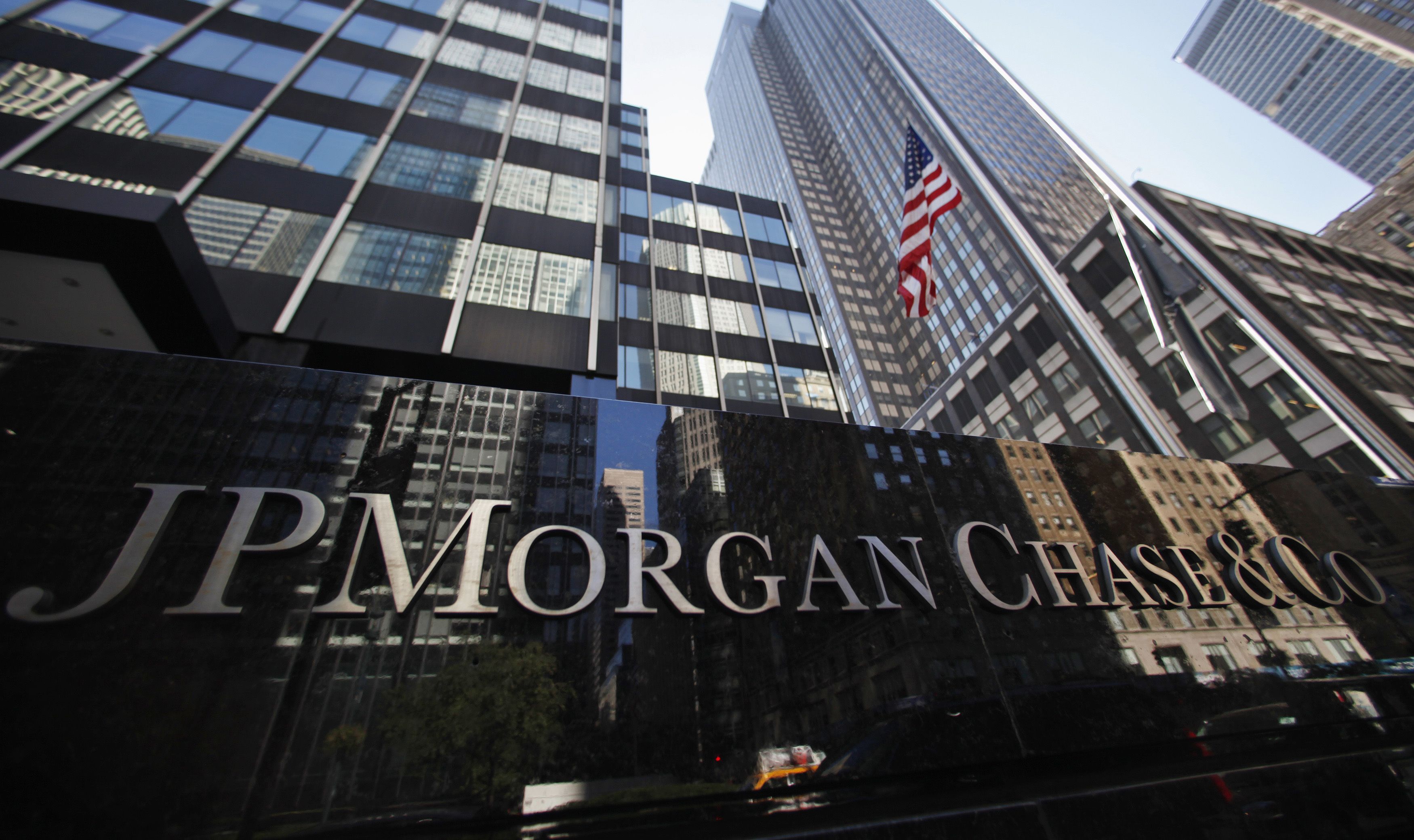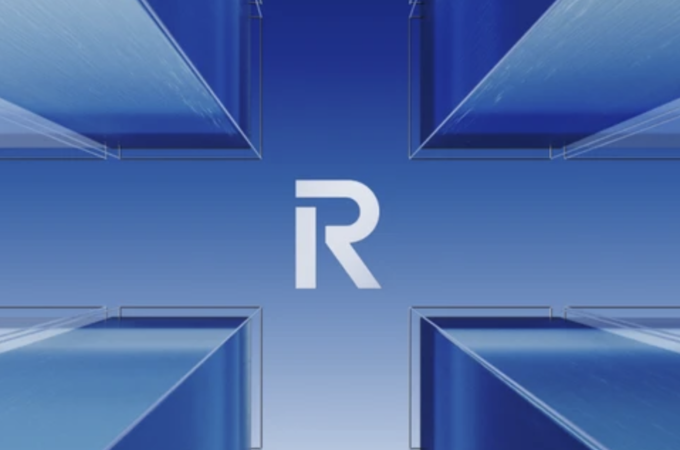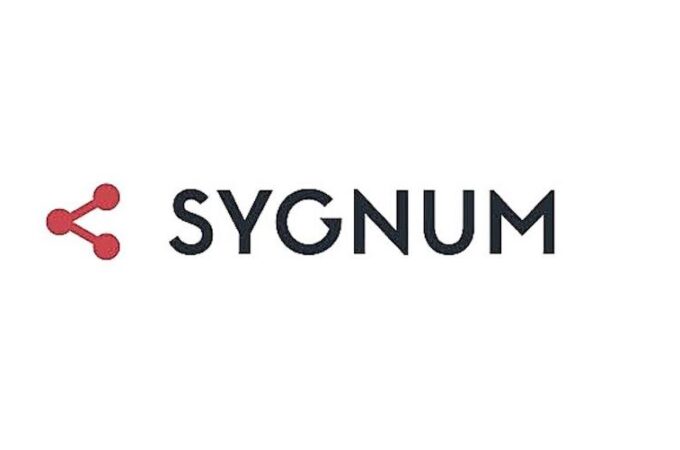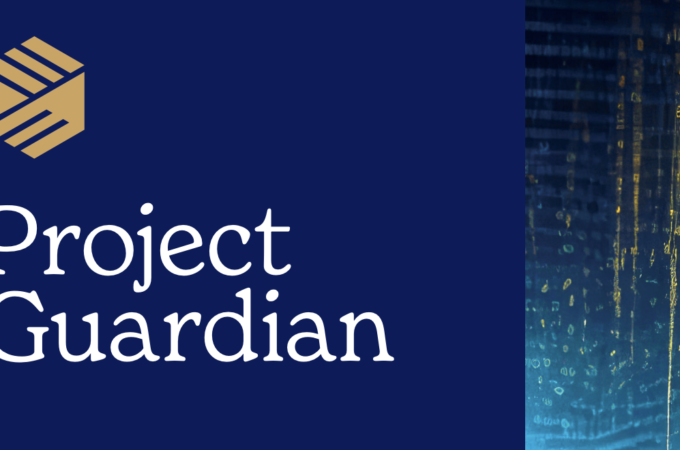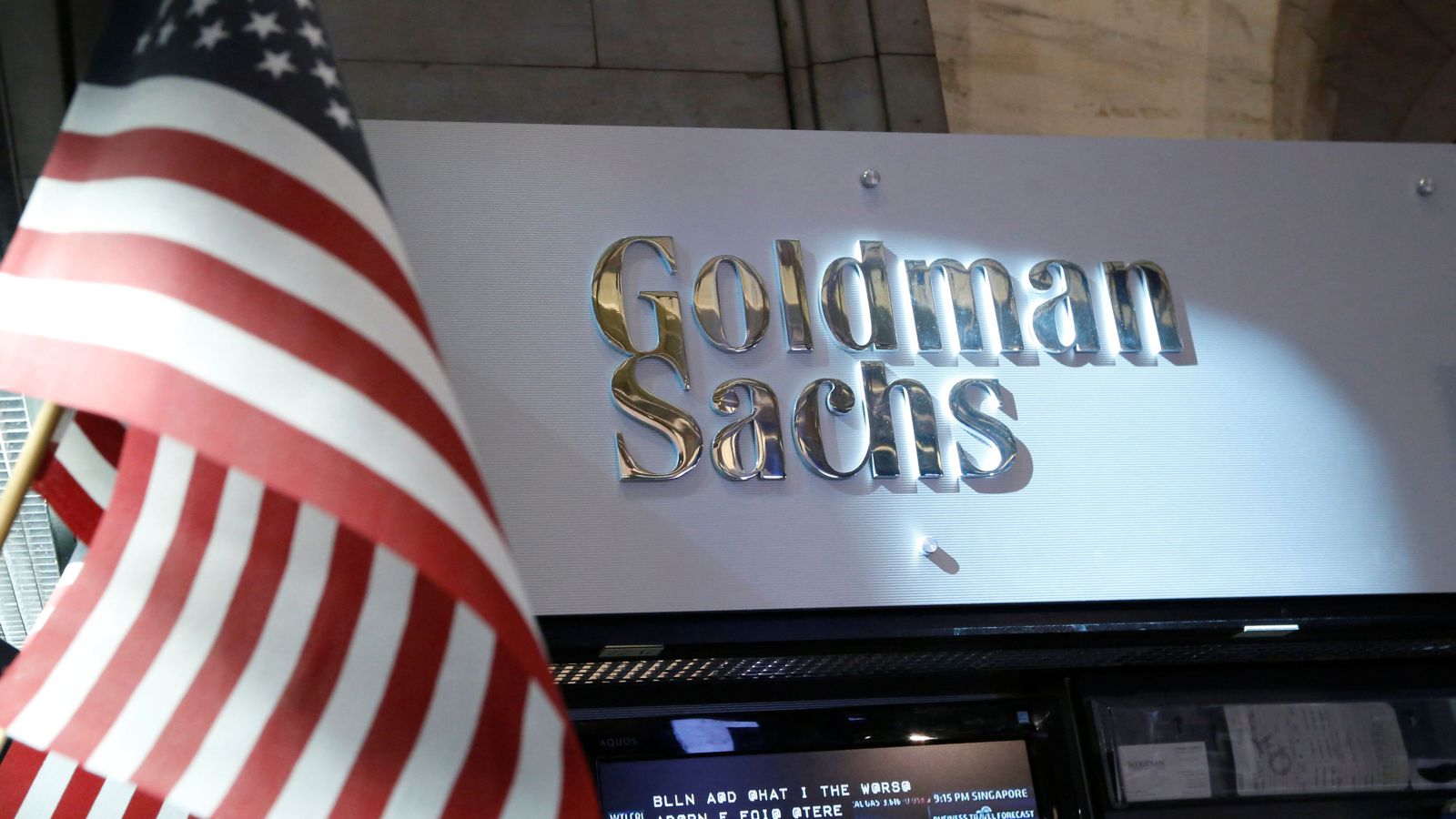
Goldman Sachs wants to put foreign exchange trades on the blockchain
By Ian Kar for QZ.com
Trading currencies is costly and slow for traders at major financial institutions—transactions need to go through a bunch of middle men, each of which take a slight fee. A new patent application from Goldman Sachs hints at how the blockchain technology that is behind bitcoin could revolutionize that process.
The patent application, published by the US Patent and Trademark Office (USPTO) on Sept. 8, 2016, was originally filed in March 2015. It outlines a distributed ledger (essentially an accounting ledger shared by a number of different parties, also known as a blockchain) that can process financial transactions in the foreign exchange market. It’s Goldman Sachs’ first blockchain-related patent (though another patent application published in Nov. 2015 showed the investment bank waslooking at a bitcoin-esque digital currency for traders).
Foreign exchange markets are risky—a party sends their funds to an intermediary, like the CLS, a foreign exchange settlement service. The CLS holds on to the first party’s funds while they’re waiting on the counterparty on the trade to provides their funds. The problem? The first party’s capital gets tied up in that specific trade until it’s settled, which can take up to a day. That makes trading in foreign exchange markets a slow process. The hope is that blockchain could provide “near-real-time” transactions to speed up the foreign exchange market.
Banks have been experimenting with blockchain technology to make transactions faster and cheaper for the past year or so, but most projects are still nascent. There are some fairly robust systems, like bitcoin and Ripple (a blockchain startup); bitcoin processes over 180,000 transactions a day, and banks like UBS and Santander have been partnering with Ripple. But those systems have their drawbacks, according to the Goldman patent filing, especially in the highly regulated industry of financial services.
“[T]hese systems suffer from significant disadvantages in terms of privacy,” according to the patent, because anyone can see any transactions made on the bitcoin blockchain.
If a bank blockchain was fully transparent, it would allow competitors to place opposing trades against a certain transaction and greatly reduce the competitive nature of foreign exchange trading. Bitcoin and Ripple also “lack designed-in identity checks that aid regulators with policing anti-money laundering,” the patent says.
Essentially, Goldman wants to merge the benefits of blockchain technology—speed and efficiency—with other technologies that offer privacy, security, and compliance with regulatory guidelines. For example, Goldman’s version of the blockchain would allow for private transactions only visible on a need-t0-know basis; permit regulators to access the database; and adhere to anti-money laundering regulation and Know Your Customer laws, which require that banks confirm the identity of their customers.
As blockchain technology starts to permeate Wall Street, banks have begun collecting intellectual property over its potential uses. Bank of America has been filing for patents for quite some time and now has approximately 50 blockchain-related patents in its pipeline, the bank’s CTO David Reilly told Quartz. Of course, just because companies file for patents doesn’t necessarily mean they’re using them now or in the future—and the USPTO can still deny any of these applications
First appeared at QZ

